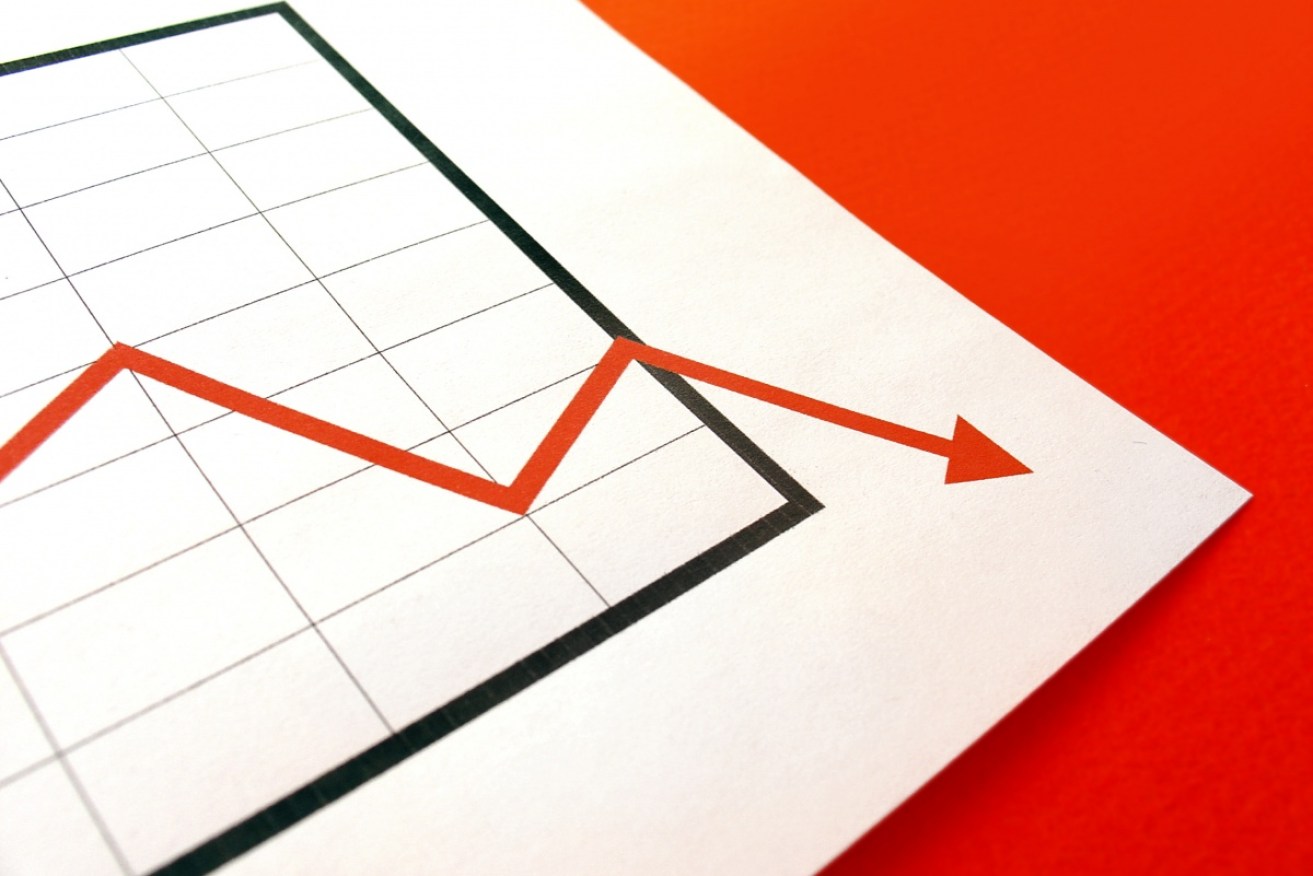Coalition doubles Labor’s debt – in less than four years


Australia's gross debt is off the charts. Photo: Getty
Late last Friday, Australia’s Treasury quietly released a nifty statistic. It revealed that government gross debt is now $483,080,000,000.00. That’s $483.1 billion.
Of this, $213.1 billion has been added by the Coalition since the 2013 election. This is more than the Labor governments of Kevin Rudd and Julia Gillard added in their six years and nine months.
In other words, the Abbott and Turnbull governments have now doubled Labor’s gross debt.
When Labor gained office in November 2007, the debt was $58.0 billion. In September 2013 it was $270.0 billion. An increase of $212.0 billion.
It is now $483.1 billion, up $213.1 billion.
Gross debt figures are released weekly on Friday nights by the Australian Office of Financial Management (AOFM), a division of Treasury.
The AOFM defines gross debt as the federal government’s total borrowings measured by Commonwealth securities issued. These securities are mostly treasury bonds, indexed bonds and treasury notes.
Net debt, in contrast, is gross debt minus financial assets such as cash held, advances paid and money the government has loaned out.
Net debt is now just below $330 billion. The $161.2 billion left by Labor in 2013 was doubled in January.

The Abbott and Turnbull governments have now doubled Labor’s gross debt. Photo: Getty
Importantly, gross debt is the amount on which interest is paid to lenders, about 60 per cent of whom are foreign governments. The interest paid in January – the latest figure available – was $1420 million, or $45.8 million each day.
With the surge in borrowings since January – already up $17.1 billion just in March – this must be close to $50 million a day, if not already above that.
This compares with $34.1 million per day in 2013, when interest rates were significantly higher.
The borrowing trends over time between Labor and the Coalition are total opposites. In calendar 2009, during the depths of the global financial crisis, Labor borrowed $59.5 billion. This reduced steadily each year until 2012 when $38.4 billion was added. That was $3.2 billion per month. This fell further to just $1.02 billion monthly throughout 2013 until the September election.
The trend has been the opposite under the Coalition. In calendar 2015, $48.5 billion was borrowed. Then last year, the total debt increase was $66.1 billion, a monthly rate of $5.5 billion. So far this year, the monthly increment has been $6.1 billion.
Of course, having some gross government debt is quite strategic for most countries, including Australia, especially when interest rates are low and stimulus spending is needed.
But with the interest bill escalating rapidly, the International Monetary Fund noted last month that in Australia, “risks related to … debt levels remain”.
Alan Austin is an Australian journalist based near Nîmes, France, who specialises in global comparative econometrics








